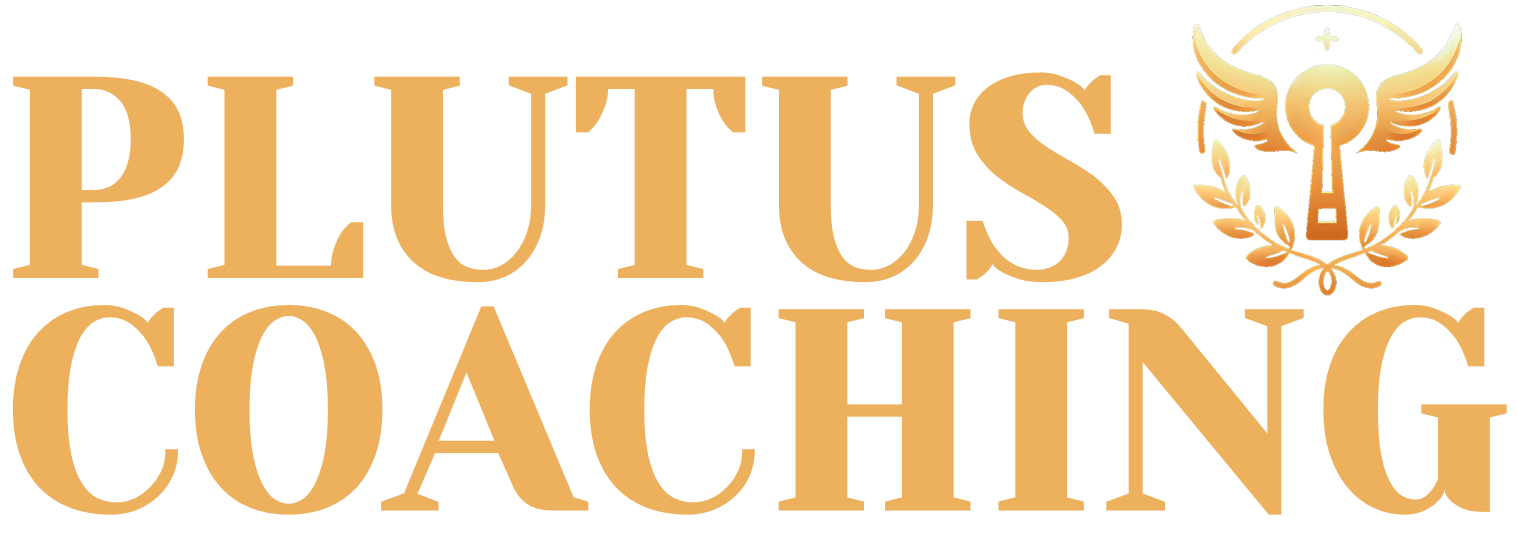Overspending is a common problem that can lead to financial stress and make it difficult to reach your financial goals. Whether it’s impulse buys, lifestyle creep, or simply not paying attention to where your money goes, unnecessary spending can quickly derail your budget. But don’t worry, there are steps you can take to regain control of your finances and reduce unnecessary spending.
Understanding Your Spending Habits
Before you can start reducing unnecessary spending, it’s important to understand your spending habits. Experts suggest that you take a look at your bank and credit card statements to see where your money is going. Identify your spending patterns and any recurring expenses that may be unnecessary. Are you spending more than you earn? Are there any areas where you can cut back?
A crucial step in understanding your spending habits is differentiating between “needs” and “wants.” Needs are essential expenses that you cannot live without, such as food, housing, and transportation. Wants are non-essential expenses that you desire but are not necessary for survival, such as entertainment, dining out, and luxury items. By clearly distinguishing between needs and wants, you can prioritize your spending and identify areas where you can potentially cut back.
Studies have shown that tracking spending for more than a month provides a more accurate picture of your spending habits by accounting for outliers and unusual expenses that might occur in a particular month. This long-term tracking can help you identify recurring patterns and areas where you consistently overspend.
Strategies for Budgeting and Tracking Expenses
Creating a budget and tracking your expenses is crucial for reducing unnecessary spending. A budget helps you plan how to spend your money and ensures that you have enough for essentials, savings, and debt repayment. Tracking your expenses helps you stay on track and identify areas where you may be overspending.
Creating a Budget
There are many different budgeting methods, so you can choose one that works best for you. Some popular methods include:
- Zero-based budget: Allocating every dollar of your income to a specific category. This method ensures that all your income is accounted for and that you are making conscious decisions about where your money goes.
- 50/30/20 budget: Dividing your income into needs (50%), wants (30%), and savings and debt repayment (20%). This method provides a simple framework for allocating your income and ensuring that you are prioritizing essential expenses and savings.
- Pay-yourself-first budget: Prioritizing savings and debt repayment by setting aside a specific amount from each paycheck. This method helps you build savings and reduce debt by making it a non-negotiable part of your budget.
- Envelope system budget: Using cash for different spending categories to make your spending more disciplined. This method provides a tangible way to track your spending and avoid overspending in specific categories.
- No-budget budget: This method focuses on awareness of account balances and spending within one’s means. It involves regularly checking your account balance, being mindful of upcoming bills, and setting aside money for savings and debt repayment. This approach offers a less rigid alternative to traditional budgeting methods.
Tracking Expenses
There are several ways to track your expenses:
- Use a budgeting app: Many apps can help you track your spending and categorize your expenses. These apps can automate the tracking process and provide insights into your spending habits.
- Use a spreadsheet: You can create a spreadsheet to track your income and expenses. This allows you to customize your tracking and analyze your spending in detail.
- Use a notebook: Keep a small notebook with you to record your purchases. This provides a simple and portable way to track your spending.
- Review your account statements: Look at your bank and credit card statements at the end of each month. This allows you to see your spending patterns and identify any areas where you may be overspending.
Visualizing Your Savings Goals
In addition to creating a budget and tracking expenses, visualizing what you’re saving for can be a powerful motivator for reducing unnecessary spending. Imagine yourself achieving your financial goals, whether it’s buying a home, paying off debt, or taking a dream vacation. This visualization can help you stay focused on your long-term goals and make it easier to resist the temptation to overspend.
Paying Yourself First
Another effective strategy for budgeting and saving is to “pay yourself first.” This involves setting aside a specific amount of money for savings or debt repayment before allocating funds for other expenses. By prioritizing savings, you ensure that you are consistently working towards your financial goals.
Tips for Reducing Spending in Specific Categories
Here are some tips for reducing spending in specific categories:
Food
- Cook at home more often: Eating out can be expensive. Plan your meals and cook at home to save money. Preparing your own meals allows you to control ingredients, portion sizes, and costs.
- Pack your lunch: Bringing your lunch to work or school can save you a significant amount of money over time.
- Buy groceries in bulk: Buying in bulk can save you money on items you use frequently. Look for deals on non-perishable items and consider buying in bulk at wholesale stores or online retailers.
- Use coupons and shop for sales: Look for coupons and discounts to save money on your grocery bill. Many grocery stores offer loyalty programs and digital coupons that can help you reduce your spending.
- Reduce food waste: Plan your meals and eat leftovers to avoid throwing away food. Proper storage and creative meal planning can help you minimize food waste and maximize your grocery budget.
Housing
- Consider downsizing or getting a roommate: If your housing expenses are a significant burden, consider downsizing to a smaller home or apartment or finding a roommate to share the costs.
Transportation
- Use public transportation: If possible, use public transportation instead of driving. Public transportation can be more affordable and environmentally friendly than driving, especially in urban areas.
- Walk or bike: If your destination is close enough, walk or bike instead of driving. This can save you money on gas and parking, and it’s also a great way to get some exercise.
- Carpool: Share rides with friends or colleagues to save on gas and parking costs. Carpooling can be a convenient and cost-effective way to commute, especially for longer distances.
- Maintain your vehicle: Keeping your car in good condition can help you avoid costly repairs. Regular maintenance, such as oil changes and tire rotations, can extend the life of your vehicle and prevent unexpected expenses.
Entertainment
- Find free or low-cost activities: There are many free or low-cost entertainment options available, such as visiting parks, museums, or attending community events. Explore local resources and take advantage of free or discounted activities in your area.
- Cut back on subscriptions: Review your subscriptions and cancel any that you don’t use regularly. Streaming services, gym memberships, and magazine subscriptions can add up over time.
- Take advantage of discounts: Look for discounts on entertainment, such as movie tickets or museum passes. Many businesses offer discounts for students, seniors, or members of certain organizations.
Identifying and Avoiding Impulse Purchases
Impulse purchases are a major contributor to unnecessary spending. Here are some tips for identifying and avoiding impulse purchases:
- Shop with a list: Having a list helps you stay focused and avoid buying things you don’t need. A list provides a clear plan for your shopping trip and reduces the chances of being swayed by impulses.
- Wait before buying: If you see something you want, wait 24 hours before making the purchase. This gives you time to think about whether you really need it and if it aligns with your budget and financial goals.
- Take the convenience out of online shopping: Remove saved payment information and avoid shopping apps to make it harder to make impulse purchases. By adding extra steps to the online shopping process, you can reduce the temptation to make impulsive buys.
- Reflect on why you shop: Understanding your triggers for impulse buying can help you avoid them. Are you more likely to make impulse purchases when you’re stressed, bored, or feeling social pressure? Identifying your triggers can help you develop strategies to resist them.
- Replace emotional shopping with a free activity: Find other ways to cope with stress or boredom, such as exercise or spending time with loved ones. Engaging in enjoyable activities that don’t involve spending money can help you avoid emotional spending.
- Freeze your credit cards: One unusual tactic for avoiding impulse purchases is to freeze your credit cards in a block of ice. This creates a physical and temporal barrier to spending, forcing you to pause and consider the necessity of the purchase before you can access your card.
- Be aware of the signs of impulsive spending habits: Recognizing the signs of impulsive spending can help you address potential problems with your spending behavior. Some signs include spending beyond your means, hiding purchases from others, feeling guilty or regretful about spending, and being unable to pay bills or save money due to overspending.
It’s important to remember that impulse buying is often driven by a desire for instant gratification. Companies use sophisticated marketing tactics, such as visually appealing displays, limited-time promotions, and easy online checkout processes, to encourage impulse buying. By being aware of these tactics and understanding your own triggers, you can make more conscious spending decisions.
Seeking Professional Help
If you’re struggling to manage your finances or reduce debt, seeking professional help can be beneficial. Wealth coaches can provide personalized guidance and support to help you create a budget, track your expenses, and develop a plan to achieve your financial goals. They can also offer advice on investing, saving for retirement, and other financial matters.
Resources for Getting Help with Managing Finances and Reducing Debt
In addition to financial advisors, there are many other resources available to help you manage your finances and reduce debt.
- Credit counseling agencies: These agencies can provide guidance on budgeting, debt management, and credit repair. They can also help you negotiate with creditors and develop a debt management plan.
- Debt management programs: These programs can help you consolidate your debt and lower your interest rates. They can also provide support and accountability as you work to pay off your debt.
- Financial literacy websites and resources: Many websites and organizations offer free information and tools to help you manage your finances. These resources can provide valuable information on budgeting, saving, investing, and other financial topics.
Reducing unnecessary spending requires a conscious effort and a commitment to changing your spending habits. By understanding your spending patterns, creating a budget, tracking your expenses, and avoiding impulse purchases, you can regain control of your finances and achieve your financial goals. Small changes, such as using cash-back apps, negotiating bills, or bringing your lunch to work, can lead to significant savings over time. Remember that achieving financial well-being is an ongoing process that involves budgeting, tracking, and making conscious spending decisions. Start today and take the first step towards a more financially secure future.





